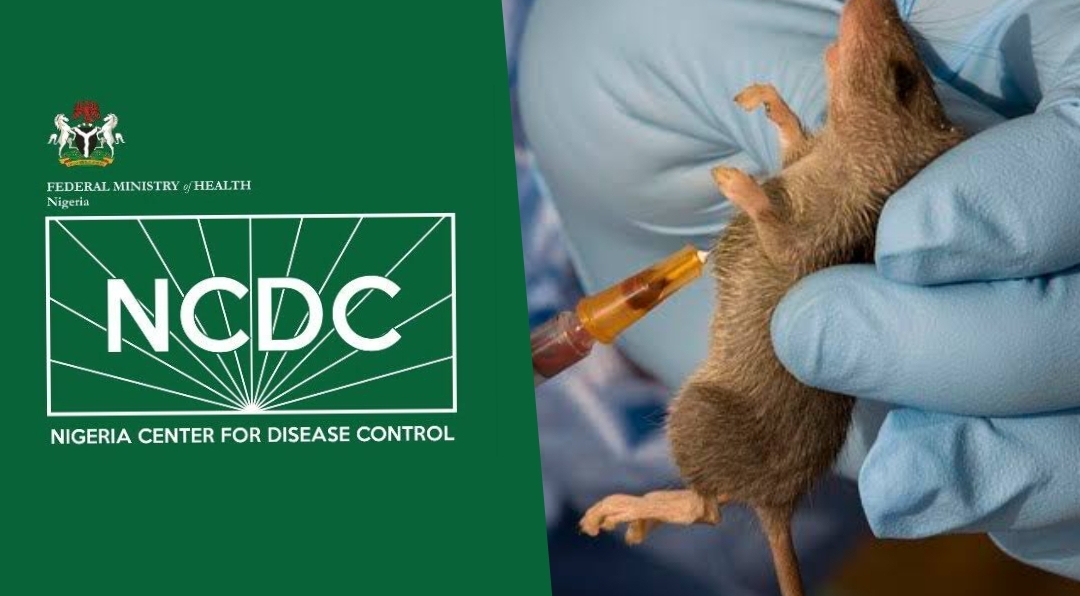
The Nigerian Center for Disease Control and Prevention (NCDC) has confirmed that the country has recorded 832 confirmed cases of LASSA fever and MPOX.
Jide Idris, the agency’s director-general, spoke at a press conference in Abuja on Friday, revealing that 132 deaths were the 132 deaths recorded by Lassa Fever and three were recorded by MPOX.
While acknowledging the recent decline in LASSA fever infection during the 16th week of epidemiology (as of April 20, 2025), he warned that the overall risk remains high, especially in local areas.
“Accumulatedly, Nigeria reported 4,253 suspicious cases as of Week 16, with 696 confirmed cases and 132 deaths, resulting in a mortality rate of 19.0 per cent,” he said.
Dr. Idris attributes recent improvements to enhanced surveillance, treatment efforts and enhanced community engagement. However, he stressed that we should continue to be vigilant and collaborative to maintain progress.
Regarding MPOX, the NCDC boss revealed that three deaths were recorded in 2025, with two deaths in Abia and Ebony states in Week 10, and recently involved a patient involved in co-infection with HIV and tuberculosis in Rivers State. As of Week 16, there have been 723 suspicious cases and 136 laboratory-confirmed MPOX cases in 35 states and federal capital areas (FCT). The national case mortality rate is currently 2.2%.
“The epidemic curve shows multiple peaks in MPOX cases, indicating ongoing transmission. Although most states have reported suspicious cases, the large number of confirmed infections are concentrated in the southern and central regions of Nigeria,” Dr. Idris noted.
To address these outbreaks, NCDC activated its Emergency Operations Center (EOC), deployed the National Rapid Response Team to affected states and introduced basic medical supplies, including personal protective equipment and laboratory consumables. Five MPOX diagnostic laboratories have also been optimized in Bauchi, Kano, Cross River, Rivers and Enugu states.
He added: “Healthcare workers are receiving professional training in prevention of infection, case management and cerebrospinal fluid meningitis (CSM) care. Community outreach has been strengthened through public awareness campaigns, media engagement and targeted health communication strategies.”
Regarding cerebrospinal meningitis, Dr. Idris reported that new cases and deaths have continued to decline over the past three weeks. He attributes the improvement to effective vaccination, early treatment and adaptive surveillance strategies suitable for real-time data.
“Although the situation remains serious, strong national and state coordination will show positive results. The response will continue until the full containment and full CSM event action plan,” he said.
Dr. Idris also expressed concern about the rise in the MPOX trend that has reappeared in 2017, recording a huge spike between 2022 and 2024, positioning Nigeria among the most affected countries in the world. He warned that underreporting and delayed data entry still requires urgent resolution to ensure accurate and timely outbreak responses.
A national mortality review of recent MPOX deaths is planned to further evaluate response effectiveness and identify areas of improvement.
NCDC reiterates its commitment to protecting public health through timely monitoring, transparent reporting and coordination of national response mechanisms designed to reduce the burden of disease and prevent future outbreaks.
